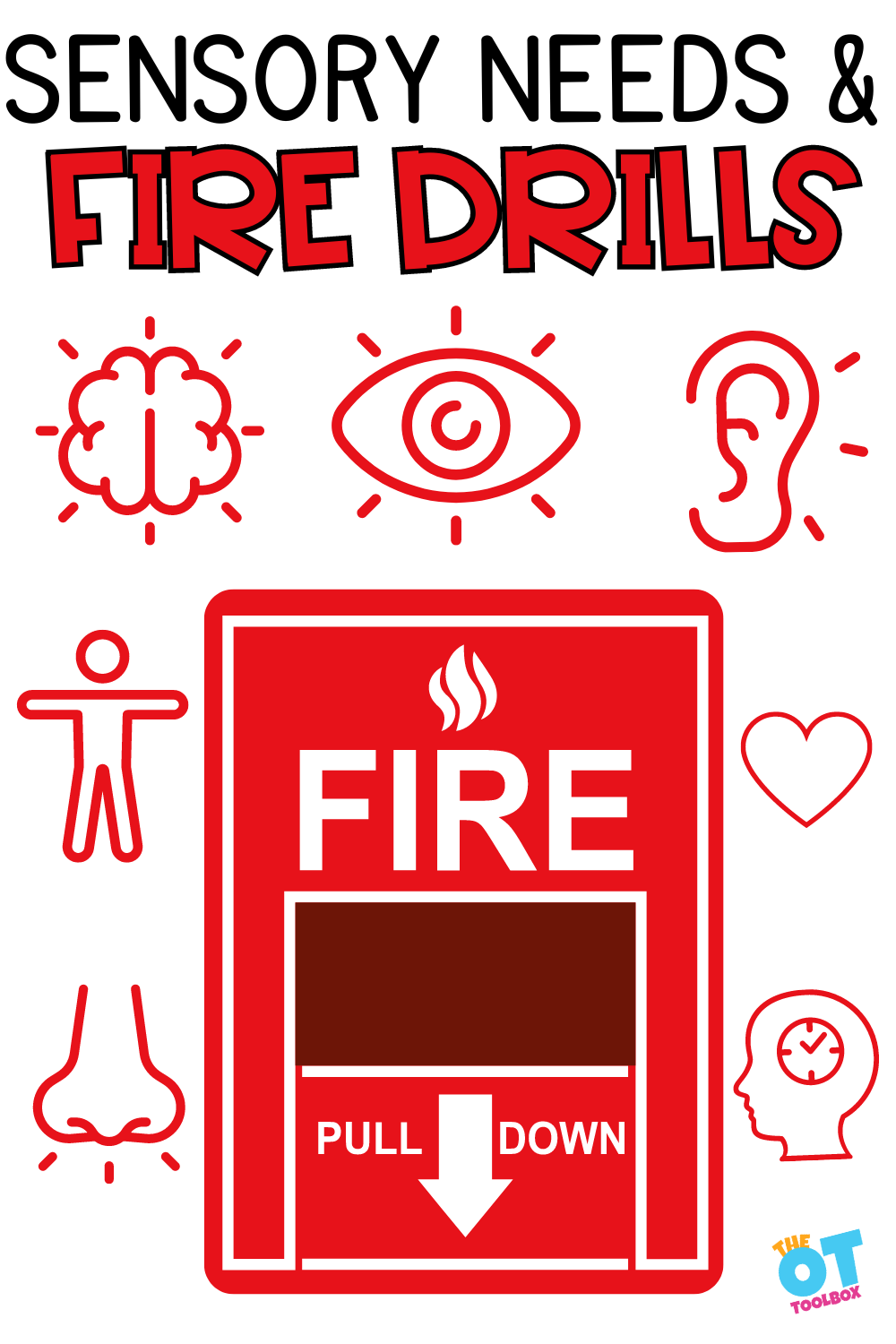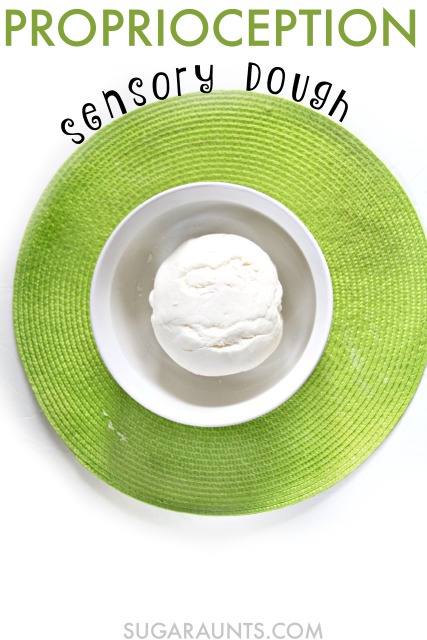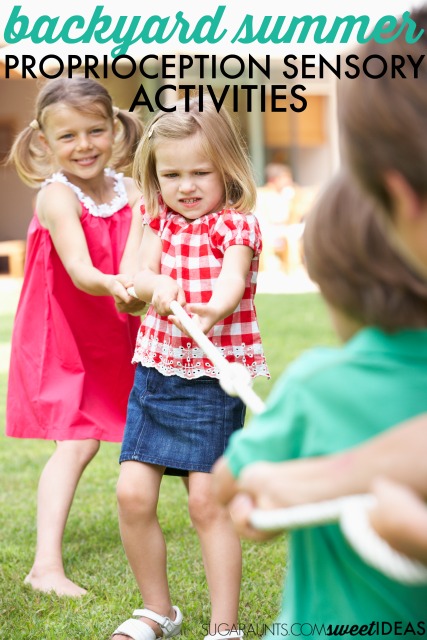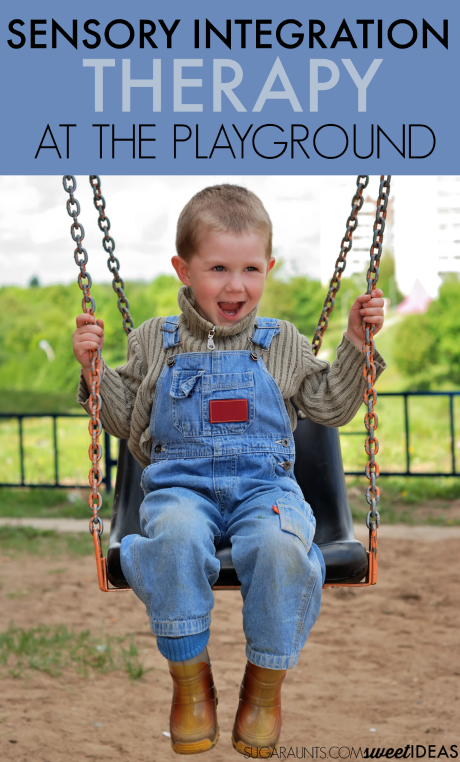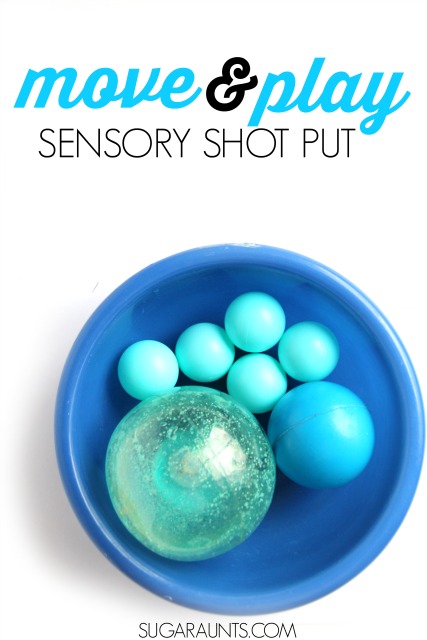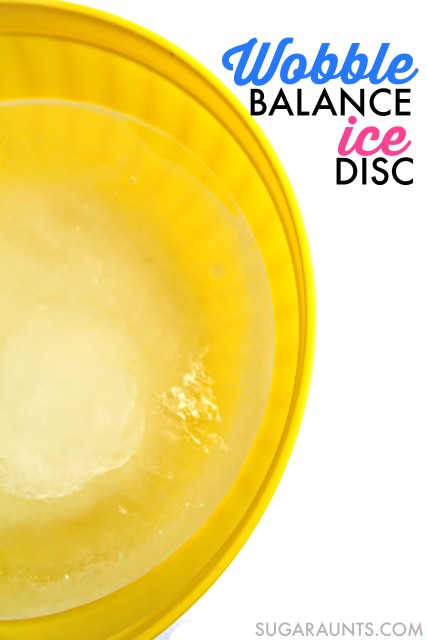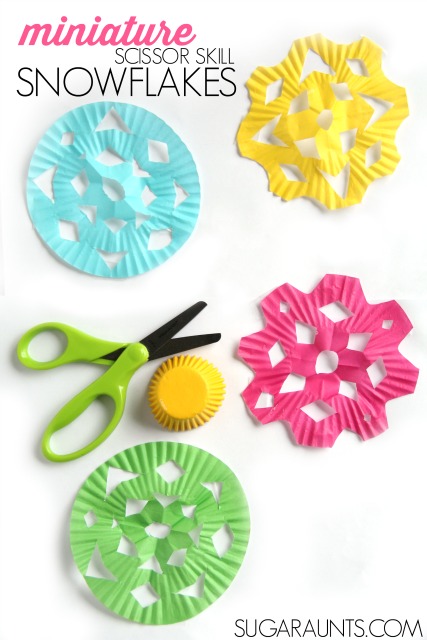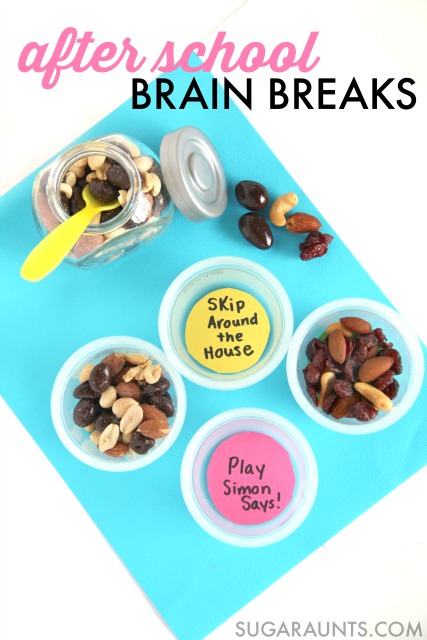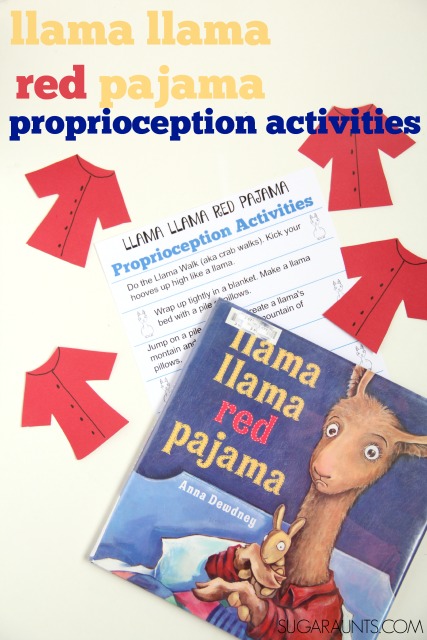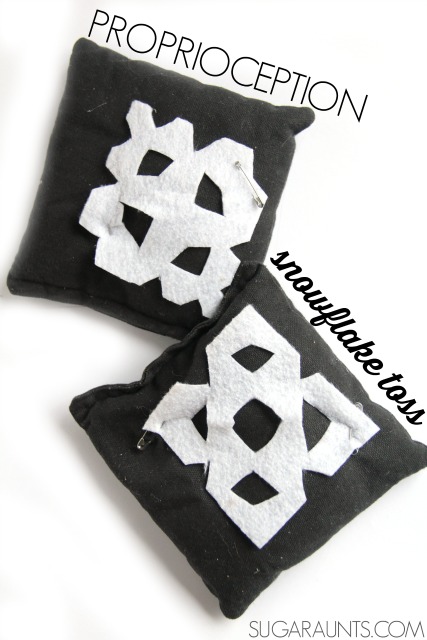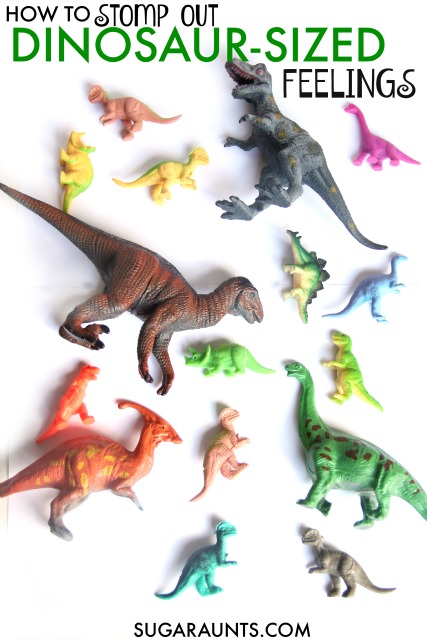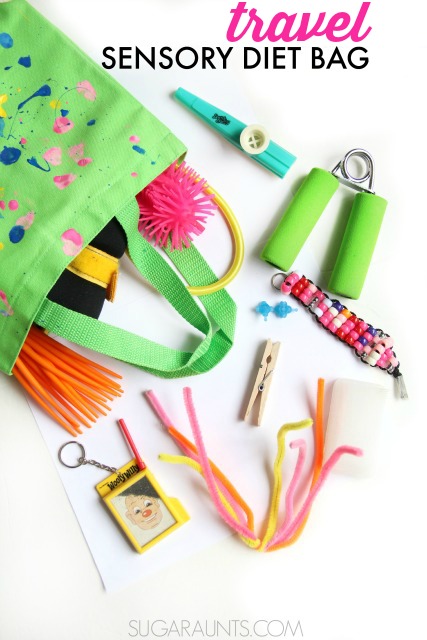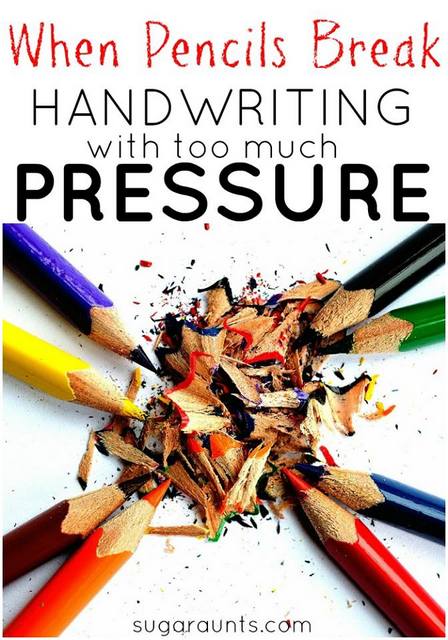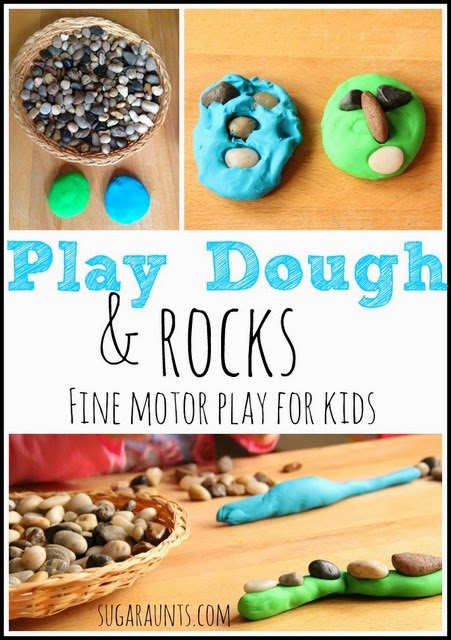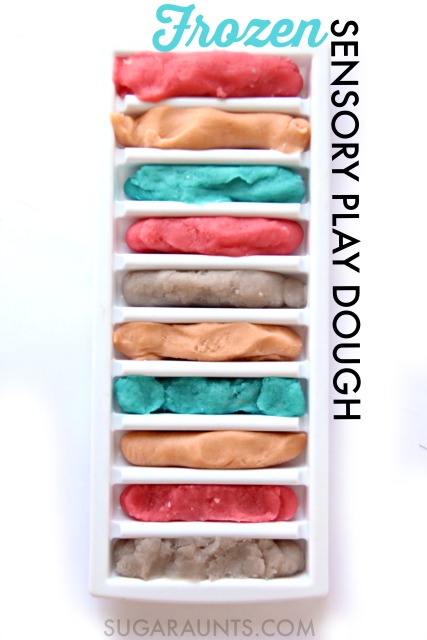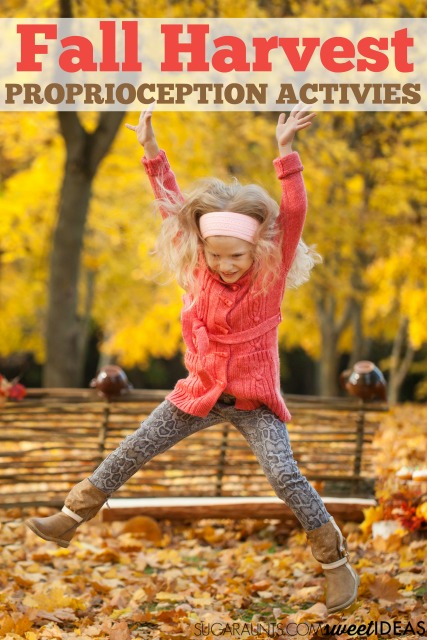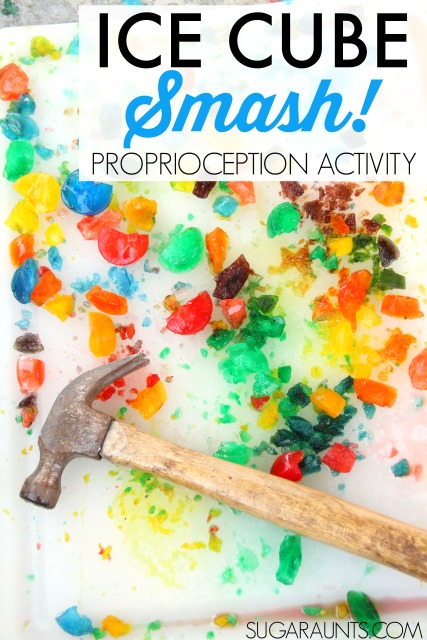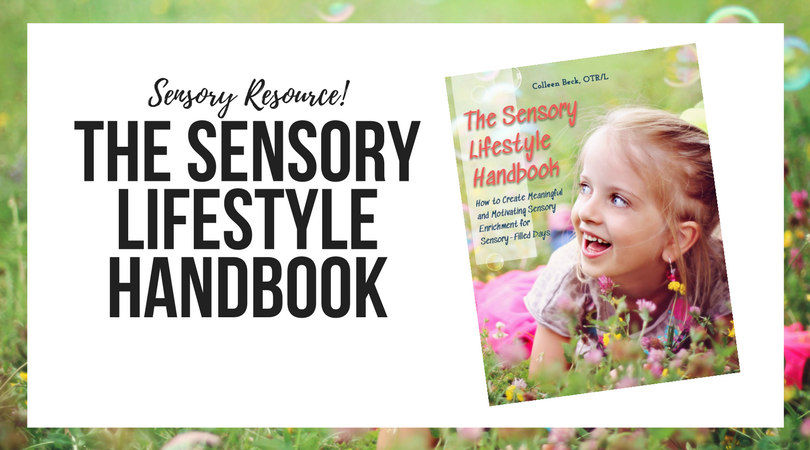We share a lot of creative ways to encourage calming strategies, attention building techniques, and creative sensory play ideas. These proprioception sensory activities are heavy work activities that can be used to help kids address sensory needs and challenge their proprioceptive system.
Check out all of the proprioception sensory play activities that are found on this site. Be sure to stop back often to find more.
For now, pin this page to save it for a day when your child needs a little heavy work!
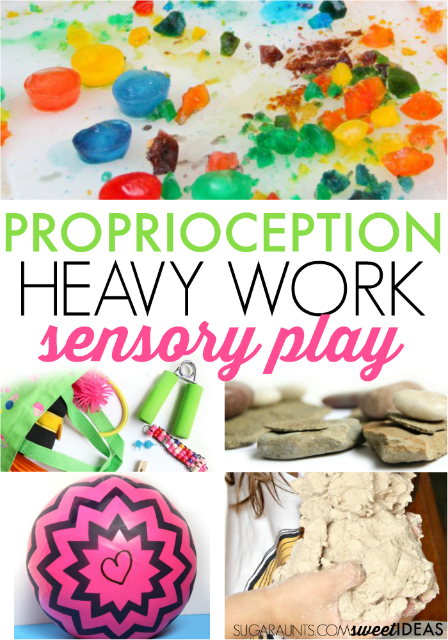
Proprioception Sensory Activities for Kids
The proprioceptive system receives input from the muscles and joints about body position, weight, pressure, stretch, movement and changes in position in space.
Our bodies are able to grade and coordinate movements based on the way muscles move, stretch, and contract.
Proprioception allows us to apply more or less pressure and force in a task. Instinctively, we know that lifting a feather requires very little pressure and effort, while moving a large backpack requires more work. We are able to coordinate our movements effectively to manage our day’s activities with the proprioceptive system. The brain also must coordinate input about gravity, movement, and balance involving the vestibular system.
poor proprioception
When there is impaired proprioception or poor proprioception, we’ll see several things.
Kids who are showing signs of proprioceptive dysfunction might do some of these things:
- Appear clumsy
- Fidget when asked to sit quietly.
- Show an increased activity level or arousal level.
- Seek intense proprioceptive input by “crashing and bashing” into anything.
- Slap their feet when walking.
- Flap hands.
- Use too much or too little force on pencils, scissors, objects, and people.
- “No fear” when jumping or walking down stairs.
- Or, are overly fearful of walking down steps/jumping.
- Look at their body parts (hands/feet) when completing simple tasks.
- Sit down too hard or miss chairs when sitting.
- Fall out of their seat.
- Fluctuates between over-reacting and under-reacting in response to stimulation.
- Constantly on the move.
- Slow to get moving and then fatigue easily.
Proprioception activities like these are a good way to calm and organize your child and improve proprioceptive awareness.
proprioception examples
Wondering more about what proprioception looks like? Examples of proprioception in action include:
Proprioception refers to the body’s ability to sense the position and movement of its various parts. It’s an essential aspect of our sensory system that helps us navigate the world and interact with our environment. Here are some examples of the proprioceptive sense in action:
Walking and Running: When you walk or run, your body relies on proprioceptive feedback to maintain balance and coordination. Your muscles and joints send signals to your brain about the position of your legs and feet, allowing you to adjust your movements accordingly.
Handwriting: Writing or drawing involves precise control of hand muscles and fine motor skills. Proprioception helps you control the pressure and placement of your writing utensil on paper.
Carrying a bag or backpack: Holding a weighted bag, container, or object requires input from the proprioceptive system so we know how much effort to put into the task of picking up and carrying the item. When we pick up an empty bag we use less force and effort and when we pick up a full bag, we need more force and effort. This is the proprioceptive sense at work.
Typing: Touch typing on a keyboard requires proprioceptive feedback to accurately position and press your fingers on the keys without looking.
Eating: When you bring food to your mouth using utensils, your proprioceptive sense helps you coordinate the movement of your arm, hand, and fingers to ensure the food reaches your mouth.
Sports: Athletes in various sports depend on proprioception for agility and coordination. For example, a basketball player uses it to dribble the ball and make precise shots, while a gymnast relies on it for balance and body control.
Yoga and Balance Exercises: Practicing yoga and balance exercises like standing on one leg or holding a specific pose requires a heightened sense of proprioception to maintain stability.
Dressing: When you put on clothes or shoes, proprioception guides your movements to fasten buttons, tie shoelaces, and zip up zippers.
This activity would be a great addition to a Sensory Diet or a Sensory Lifestyle:
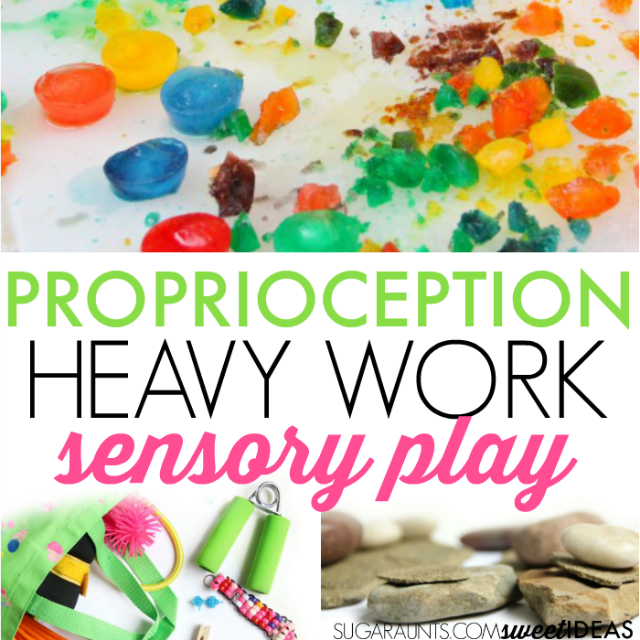
Proprioception in everyday functional tasks
In the book, Sensory Lifestyle Handbook, you’ll discover simple ways to incorporate calming heavy work through the proprioceptive sensory system, using everyday functional tasks. Think about all of the ways that you can offer heavy work input in calming and regulating manners. These strategies can be incorporated right into daily tasks.
The book further covers meaningful and motivating ways to use the child’s interests as creative sensory input so that kids carryover sensory diet strategies. Check out The Sensory Lifestyle Handbook, and start adding sensory input into everyday lifestyles.

